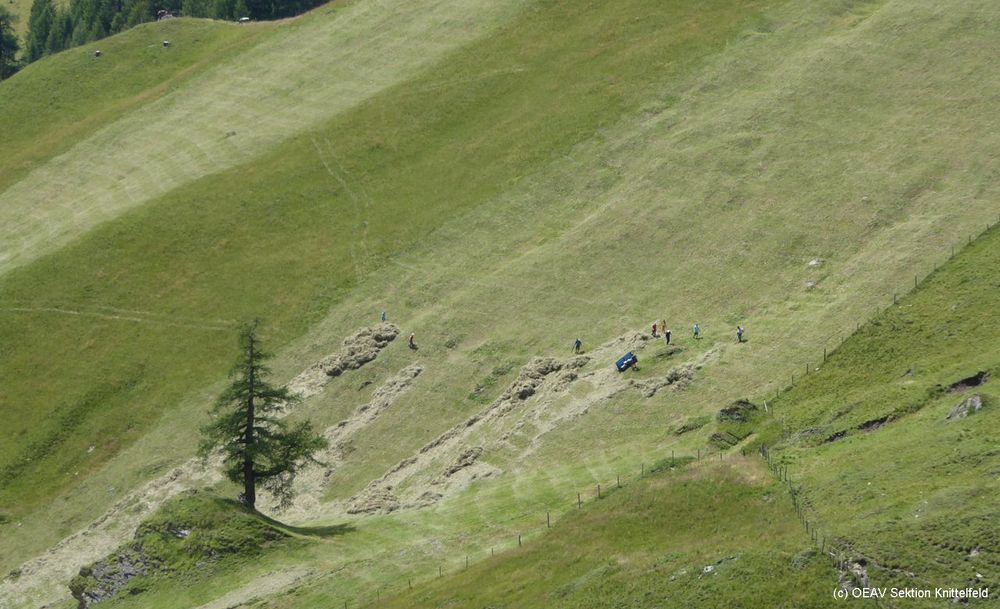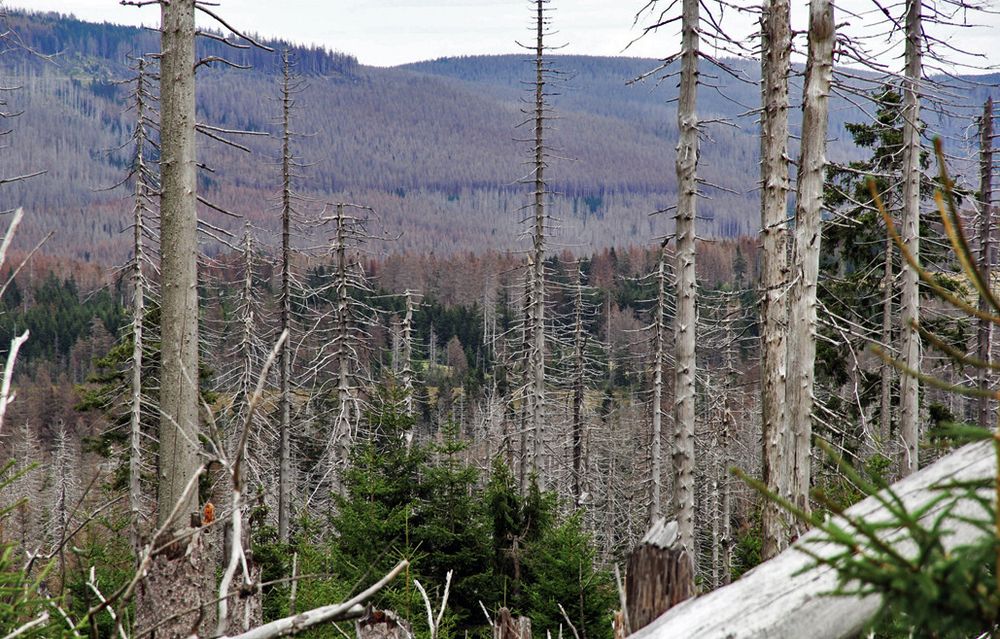












by Tobías Plieninger — Reposted by: Johannes Kamp

Reposted by: Johannes Kamp, Marten Winter
#PassiveAcousticMonitoring suggests that expert-based recommendations might lead to under-recording, due to diurnal and seasonal mismatches.
New paper led by David Singer; with 25,000 h audio data: link.springer.com/article/10.1...

Reposted by: Johannes Kamp


Reposted by: Johannes Kamp
@dancharles.bsky.social, covering our abandonment research across Europe and Kazakhstan. Based on interviews with Gergana and Johannes + site visit in Bulgaria. Free to read: bsky.app/profile/scie...


Stay tuned for another one on disturbance and birds using national bird monitoring data, and a third analysis on #moths, disturbance heterogeneity and deer again from the Harz mountains.
Reposted by: Johannes Kamp, David Leclère

by Jens‐Christian Svenning — Reposted by: Johannes Kamp
20 November, 5:15 p.m.




